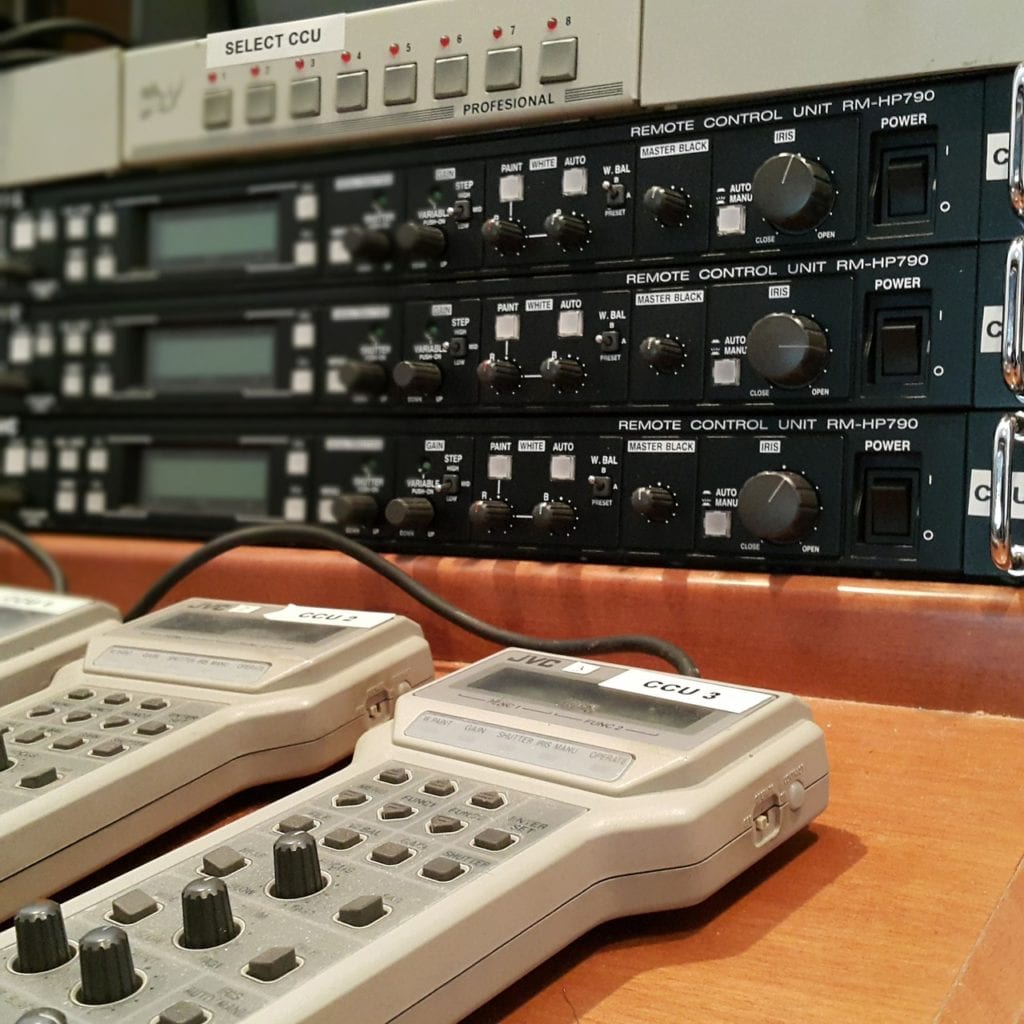
The American Council of the Blind replied to the FCC’s previous proposition to expand its video description requirements to the top ten cable nets that was approved in March by providing preliminary statistics on a study they did over blind consumer satisfaction. The ACB agreed with the increase, and they said the consumers do as well.
An issue many broadcasters and cable providers have with the required hours is that the FCC does not recognize much of their video described programming. The FCC only recognizes primetime and children’s programming.
In its own reply to the FCC’s proposed change, the National Association of Broadcasters said: “These rule changes would exceed the Commission’s statutory authority and impose undue burdens on providers. First, adoption of the proposals would be arbitrary and capricious because the Commission fails to meet its statutory mandate to justify additional rules based on a meaningful cost-benefit analysis of the video description rules. Second, even if the Commission had fulfilled this mandate, the CVAA [The Twenty First Century Communications and Video Accessibility Act of 2010] does not authorize the Commission to increase the number of networks covered by the rules or adopt the no backsliding proposal. Finally, NAB urges the Commission to gradually phase-in any rules ultimately adopted, and provide flexibility to providers required to meet the higher quota.”
Providing programming assistance for the blind and seeing impaired viewers is important, but has the FCC overstepped its bounds with this proposed increase?